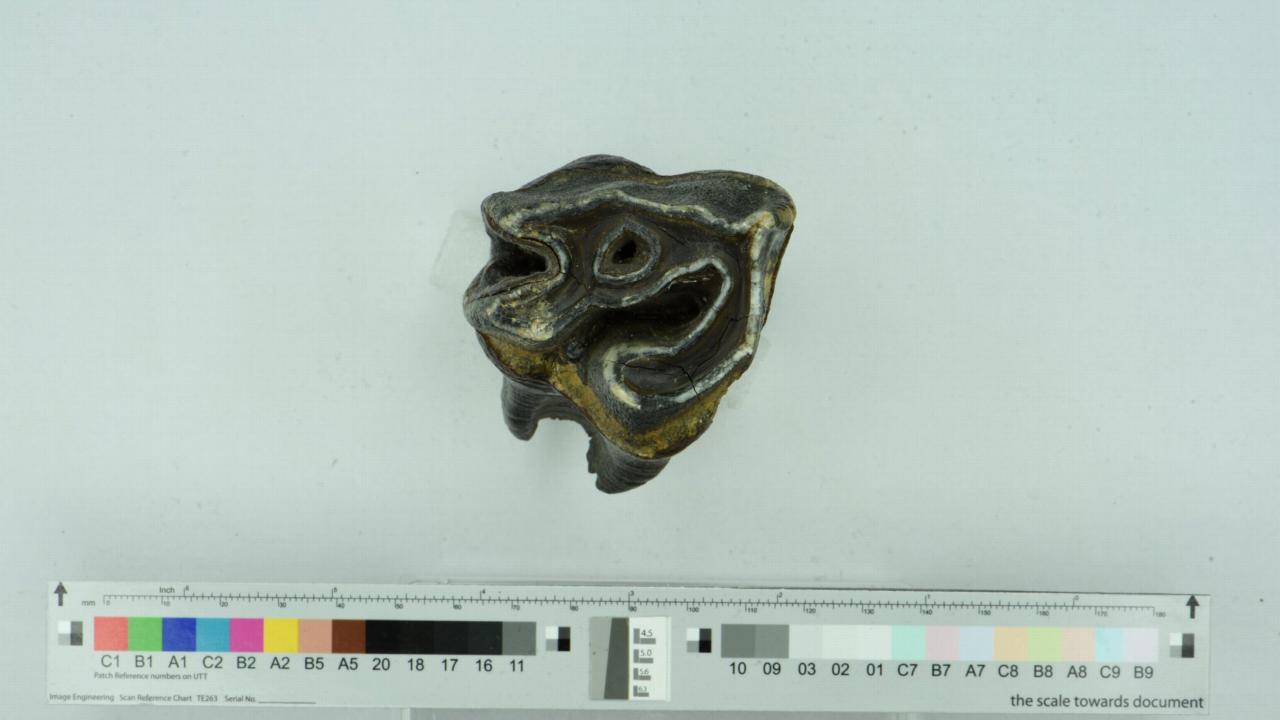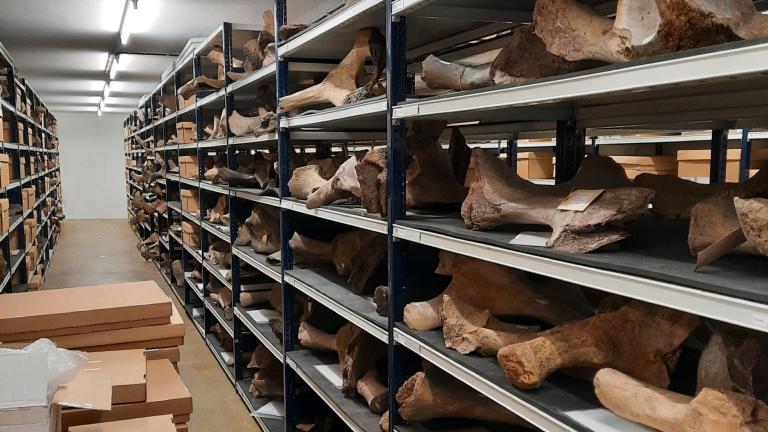
I am a vertebrate paleontologist interested in the history of life. For my PhD I study fossil remains from the late Quaternary we find on Dutch beaches. These include bones from the woolly mammoth that lived in The Netherlands during the last Ice Age, about 40.000 years ago. By combining computer vision (AI) and citizen science, we aim to learn more about life in the past.
Keywords
paleontology, taphonomy, Late Quaternary, North Sea Basin, computer vision, citizen science
Researchinterest
Fossils can give insight into the life and death of the animals they belonged to by looking at their taphonomy. Computer vision (AI) and citizen science can help us produce and analyse quality data from large museum and private collections.
Taphonomy refers to all processes that affect organic remains after death. These include decay, predation marks, human cut marks, fossilisation, decolouration and abration. Studying these processes can give insight in cause of death and an indication of age and provenance of a fossil. These are valuable clues in reconstructing the history of life. Since the fossils I study are found ex-situ and therefor cannot easily be correlated to a dated stratigraphy, these clues are all we've got. By studying a large dataset from museum and private collections through computer vision (AI) and citizen science, patterns might be recognised in taphonomical features. These result in different faunal assemblages that can be correlated to the dated provenance of the fossils. Finally, these correlations can give further insight into extinctions and human occupancy of the North Sea Basin during the last Ice Age.

